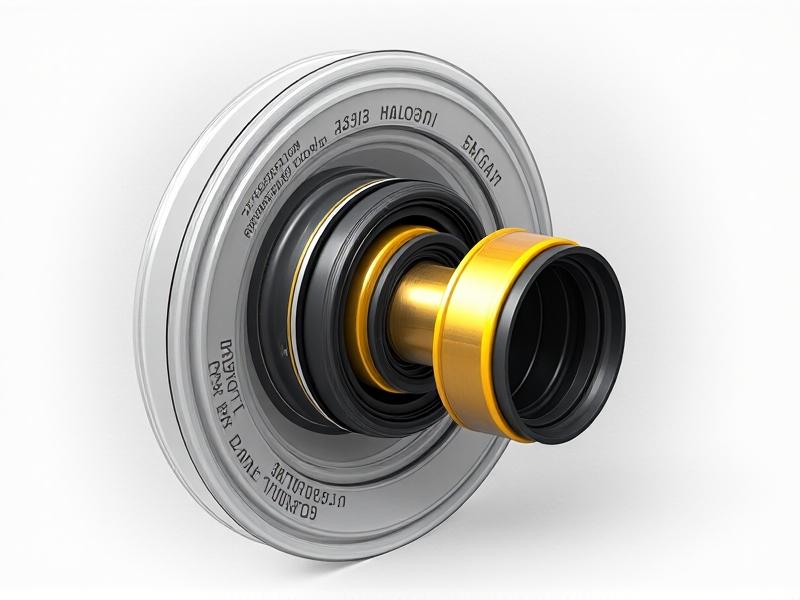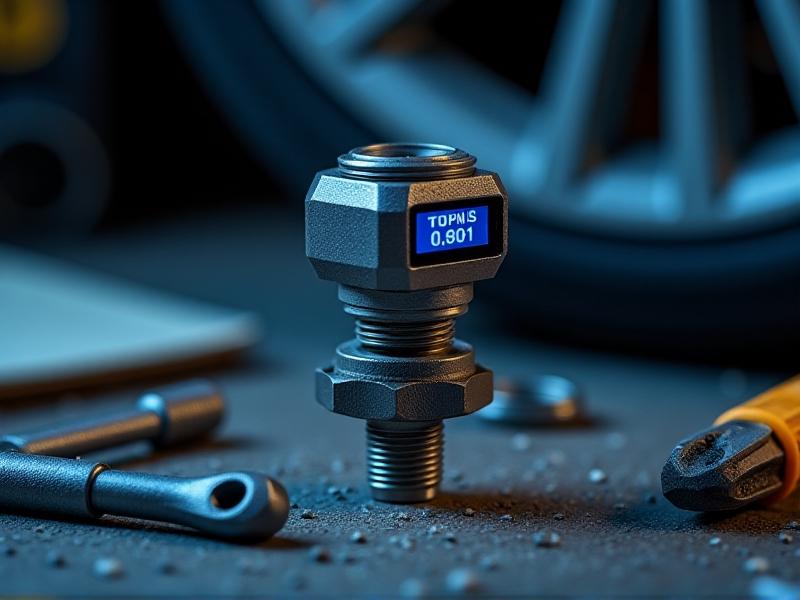Understanding Vibration: Causes and Consequences
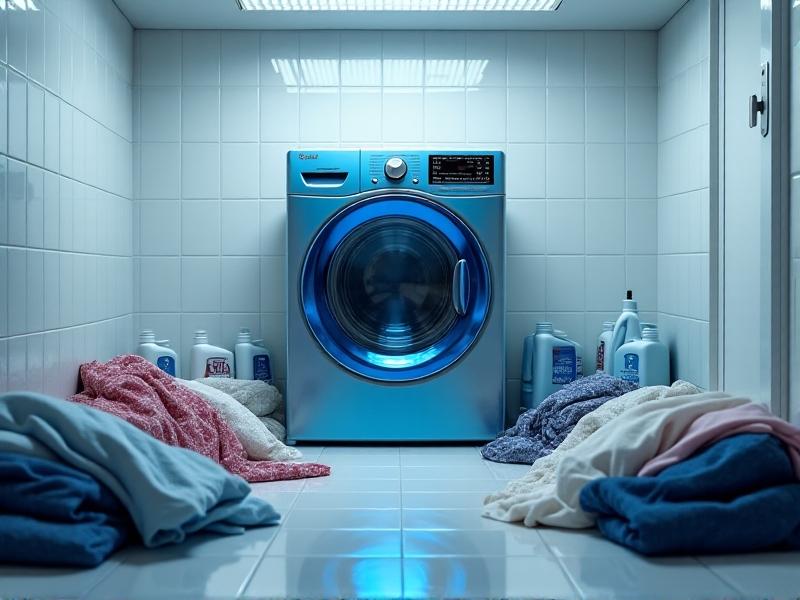
Vibration occurs when an object oscillates around an equilibrium point, often due to unbalanced forces. In households, common culprits include rotating appliances like washing machines, ceiling fans, or HVAC systems. These vibrations typically stem from mechanical imbalances, loose components, or resonance—when an object’s natural frequency matches external forces. For example, an unevenly loaded washing machine can wobble violently during spin cycles, while loose bolts in a ceiling fan may cause rattling.
Left unchecked, vibrations lead to accelerated wear and tear. Persistent shaking can loosen screws, damage electrical connections, or even crack structural elements like drywall. Noise pollution is another consequence, transforming a quiet home into a cacophony of hums and rattles. Beyond annoyance, prolonged vibration may signal deeper issues, such as misaligned motor mounts or failing bearings, which could result in costly repairs if ignored.
Understanding the root cause is the first step toward mitigation. Is the vibration rhythmic (suggesting rotational imbalance) or erratic (indicating loose parts)? Does it occur only during specific operations, like high-speed spin cycles? Answering these questions helps tailor DIY solutions, whether it’s redistributing weight, tightening hardware, or isolating the vibrating object from its surroundings.
Identifying Common Sources of Household Vibrations

Household vibrations often originate from predictable sources. Large appliances—refrigerators, dryers, and dishwashers—are frequent offenders. Refrigerator compressors can transmit low-frequency hums through floors, while unbalanced dryer drums may thump against their housings. HVAC systems, particularly ductwork or fans, also generate vibrations that travel through walls and ceilings.
Smaller devices contribute too. Gaming consoles, computer fans, or even aquarium pumps can produce subtle but persistent vibrations. Structural issues, like uneven floor joists or poorly secured wall studs, amplify these effects. Plumbing systems are another overlooked source; water hammer—a sudden pressure surge when valves close—can send shockwaves through pipes, causing loud bangs.
To pinpoint sources, conduct a room-by-room audit. Listen for patterns: vibrations that sync with appliance cycles or worsen at certain times of day. Place a hand on walls, floors, or suspect devices to feel for tremors. Use a smartphone app designed to measure vibration frequency and amplitude. This data helps prioritize fixes, starting with the most disruptive or structurally risky issues.
DIY Tools and Techniques for Vibration Damping
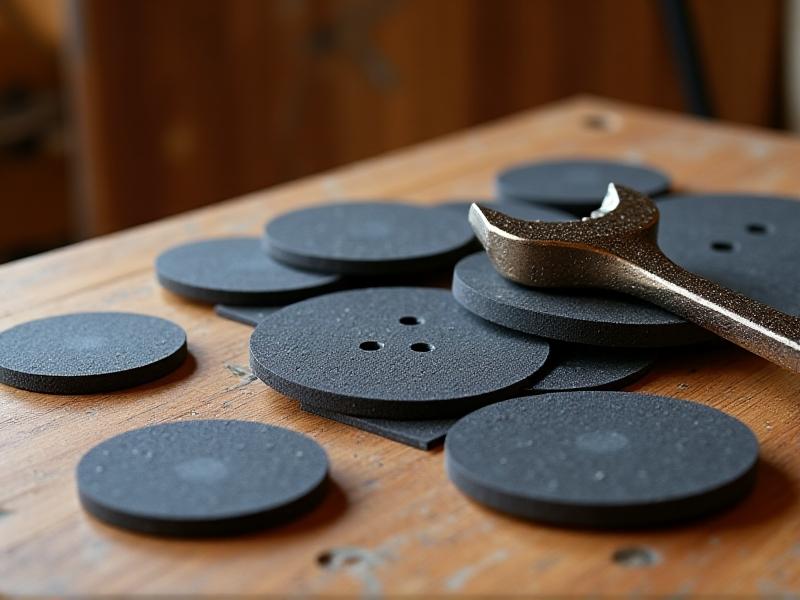
Effective vibration control doesn’t require expensive equipment. Start with anti-vibration pads—dense rubber or silicone discs placed under appliances. These absorb kinetic energy and prevent transmission to floors. For lighter objects like speakers, adhesive foam strips or felt pads work well. Rubber mats, often sold as garage flooring, can be cut to size and layered under washing machines or treadmills.
Isolation mounts are another versatile solution. These devices decouple vibrating equipment from surfaces using springs or elastomers. DIY alternatives include repurposing old rubber bike tires or tennis balls sliced in half to cradle appliance feet. For ceiling-mounted fixtures like fans, ensure mounting brackets are secured to joists, not just drywall, and use rubber washers to dampen metal-on-metal contact.
Balance correction is key for rotating devices. Use a bubble level to check appliance alignment and adjust leveling feet accordingly. For ceiling fans, a balancing kit (costing under $10) includes clip-on weights to counteract uneven blade weight. Always tighten loose screws and bolts with a wrench or screwdriver, applying thread-locking adhesive to prevent backsliding.
Balancing Act: Simple Fixes for Washing Machines and Dryers
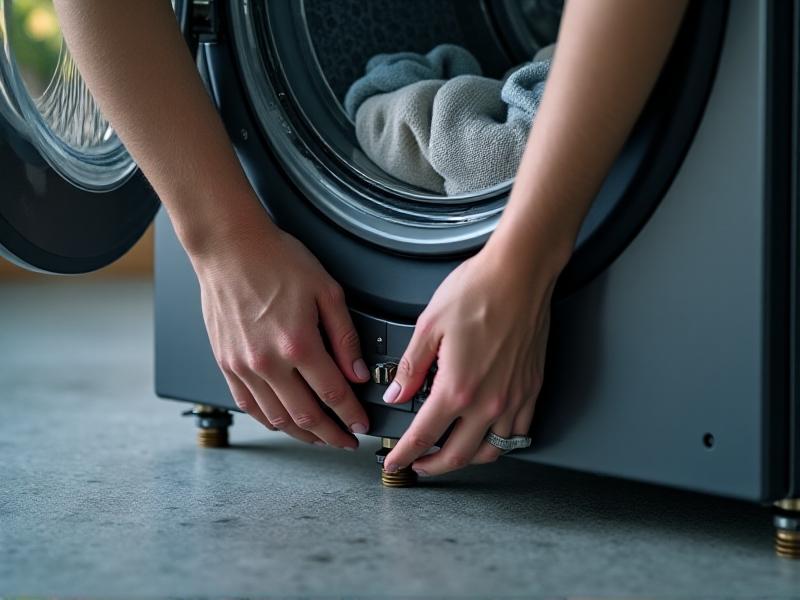
Washing machines are vibration hotspots due to high-speed spin cycles. Start by ensuring the machine is level. Adjust the front feet using a wrench, checking with a bubble level. If the machine rocks diagonally, one foot may be too high. Next, balance the load—unevenly distributed clothes force the drum to rotate off-center. Mix large and small items to distribute weight evenly, and avoid overloading.
For persistent shaking, install anti-vibration pads or a plywood platform beneath the machine. The plywood disperses weight across a broader floor area, reducing localized stress. Check the machine’s suspension springs and shock absorbers; worn parts can be replaced with basic tools. Dryers require similar attention: ensure the drum rotates freely without obstruction and that felt seals around the door are intact to prevent rattling.
If vibrations travel through walls, consider decoupling the appliance from plumbing or ducts. Use flexible hose connectors for water lines and accordion-style ducting for dryers. These materials flex with movement, reducing noise transmission. Finally, avoid placing machines on raised platforms—lowering the center of gravity enhances stability.
Structural Solutions: Stabilizing Floors and Walls
Vibrations often amplify through poorly supported floors or walls. For wooden floors, locate the joists beneath vibrating appliances using a stud finder and add bridging—cross-braces between joists—to reduce flex. Secure subflooring with additional screws (nails tend to loosen over time). In extreme cases, install a steel plate or rubber underlayment between the subfloor and finish floor.
Walls transmitting noise may lack proper insulation. Inject expanding foam into gaps around pipes or wires, or add mass-loaded vinyl (MLV) barriers behind drywall. For lightweight partitions, attach resilient channels—metal strips that decouple drywall from studs, disrupting vibration pathways. Anchor heavy shelves or cabinets directly to studs using L-brackets to prevent resonant rattling.
Concrete floors benefit from cork or rubber underlayments beneath flooring materials. These absorb impact vibrations from footsteps or dropped objects. If vibrations stem from external sources (e.g., nearby traffic), consider window seals and door sweeps to minimize airborne transmission. While structural fixes demand more effort, they provide long-term solutions for homes in vibration-prone areas.
Knowing When to Call a Professional
While many vibration issues are DIY-friendly, some scenarios demand expert intervention. If balancing, damping, and structural adjustments fail to resolve severe shaking, underlying issues like motor misalignment or bearing failure may be at play. Similarly, if vibrations coincide with electrical problems—sparking outlets or flickering lights—immediately shut off the appliance and consult an electrician.
Persistent floor or wall vibrations could indicate foundation settling or seismic vulnerabilities. Cracks radiating from doorframes or windows, paired with chronic vibrations, warrant a structural engineer’s assessment. Professionals use tools like laser alignment systems and spectrum analyzers to diagnose faults invisible to the naked eye, ensuring repairs address the root cause.
Investing in professional help early can prevent catastrophic failures. For instance, an HVAC technician can recalibrate fan blades or replace worn belts, while a plumber might install water hammer arrestors. Though costly upfront, these services save money long-term by averting equipment replacement or structural damage. Trust your instincts—if a vibration feels unsafe, it likely requires specialized expertise.
